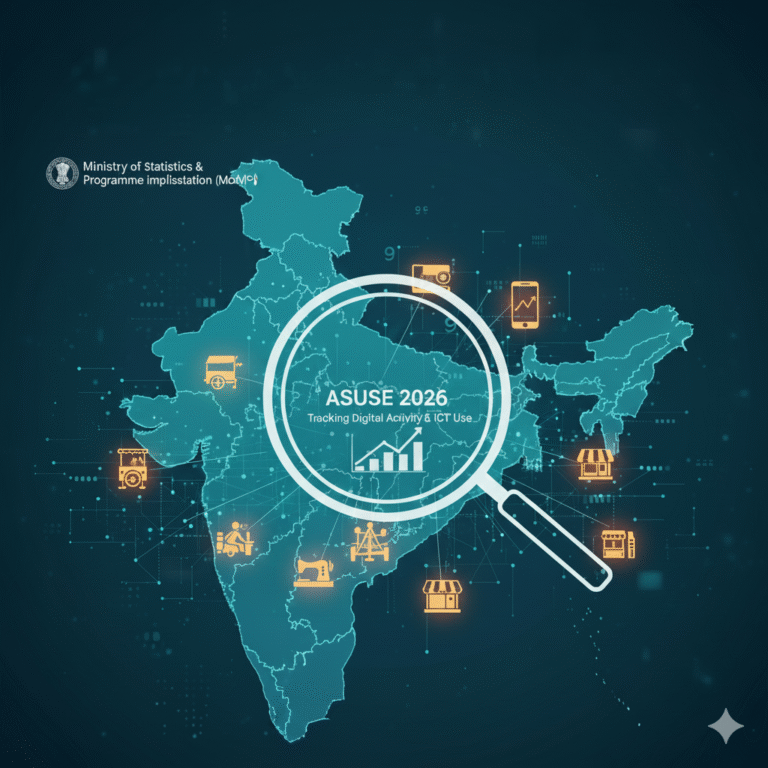The traditional manufacturing model revolves around mass production and large inventories, often leading to overproduction, waste, and slow response times. In contrast, on-demand manufacturing (ODM) embraces a more agile and responsive approach, producing goods only when they are ordered. This paradigm shift, driven by technological advancements and evolving consumer expectations, is revolutionizing how products are made and delivered.
The Core Principles of On-Demand Manufacturing
On-demand manufacturing is built upon several key principles:
- Agility and Flexibility: ODM enables businesses to quickly adapt to changing market demands and consumer preferences. Production schedules can be easily adjusted based on real-time orders, allowing for greater flexibility and responsiveness.
- Reduced Inventory: By producing goods only when ordered, businesses can significantly reduce inventory levels, minimizing storage costs and the risk of obsolescence.
- Minimized Waste: ODM helps to minimize waste by eliminating the need to produce excess inventory that may not sell. This aligns with growing consumer awareness of sustainability and ethical consumption.
- Customization and Personalization: ODM facilitates the production of customized and personalized products, allowing customers to tailor products to their specific needs and preferences.
- Faster Time-to-Market: By eliminating the need for large production runs and lengthy lead times, ODM enables businesses to bring products to market faster, responding quickly to emerging trends and consumer demands.
Key Technologies Enabling On-Demand Manufacturing
Several technologies are driving the growth of on-demand manufacturing:
- 3D Printing: 3D printing technology enables the production of complex and customized products on-demand, with minimal waste and lead times.
- Digital Manufacturing: Digital manufacturing technologies, such as computer-aided design (CAD) and computer-aided manufacturing (CAM), facilitate the rapid design, prototyping, and production of products.
- Internet of Things (IoT): IoT sensors and devices can be used to monitor production processes in real-time, enabling businesses to optimize production schedules and respond quickly to changes in demand.
- Artificial Intelligence (AI): AI algorithms can be used to predict demand, optimize production schedules, and personalize products based on customer preferences.
Applications of On-Demand Manufacturing
On-demand manufacturing is being applied across a wide range of industries:
- 3D Printing: 3D printing is used to produce customized products, such as prosthetics, jewelry, and personalized accessories.
- Apparel and Footwear: On-demand manufacturing is enabling the production of customized clothing and footwear, allowing customers to choose their own designs, colors, and sizes.
- Food and Beverage: On-demand food delivery services and personalized meal kits are examples of on-demand manufacturing in the food industry.
- Electronics: On-demand manufacturing is being used to produce customized electronics, such as smartphones and wearables.
Benefits of On-Demand Manufacturing
- Reduced Costs: By minimizing inventory and waste, on-demand manufacturing can help businesses reduce costs and improve profitability.
- Improved Sustainability: By reducing waste and minimizing environmental impact, on-demand manufacturing aligns with growing consumer demand for sustainable products.
- Enhanced Customer Satisfaction: On-demand manufacturing enables businesses to offer customized products and faster delivery times, leading to increased customer satisfaction.
- Increased Agility and Responsiveness: By adapting quickly to changing market demands, on-demand manufacturing enables businesses to gain a competitive advantage.
- Innovation and Creativity: On-demand manufacturing enables the production of innovative and customized products that would not be feasible with traditional manufacturing methods.
Challenges and Considerations
- Technology Infrastructure: Implementing and maintaining the technology infrastructure required for on-demand manufacturing can be costly and complex.
- Supply Chain Management: Managing a flexible and responsive supply chain is crucial for on-demand manufacturing.
- Demand Forecasting: Accurately predicting demand is essential to ensure efficient production and avoid stockouts or overproduction.
- Quality Control: Maintaining consistent quality control in a dynamic on-demand manufacturing environment requires careful planning and implementation.
- Skill Development: A skilled workforce with expertise in digital manufacturing and advanced technologies is essential for successful on-demand manufacturing.
The Future of On-Demand Manufacturing
The future of on-demand manufacturing is bright. As technology continues to evolve, we can expect to see even more innovative and sophisticated on-demand manufacturing solutions. The integration of AI, blockchain, and other emerging technologies will further enhance the efficiency, sustainability, and responsiveness of on-demand manufacturing.
Conclusion
On-demand manufacturing represents a significant shift in the way products are designed, produced, and delivered. By embracing agility, flexibility, and sustainability, on-demand manufacturing is revolutionizing the manufacturing landscape and creating new opportunities for businesses and consumers alike. As technology continues to advance and consumer expectations evolve, on-demand manufacturing is poised to become an increasingly important part of the global economy.
Frequently Asked Questions (FAQs)
- What is on-demand manufacturing?
- On-demand manufacturing is a production model where goods are produced only when they are ordered, rather than being produced in large batches in advance.
- What are the benefits of on-demand manufacturing?
- Reduced costs, improved sustainability, enhanced customer satisfaction, increased agility and responsiveness, and innovation.
- What technologies are driving on-demand manufacturing?
- 3D printing, digital manufacturing, IoT, and AI.
- How does on-demand manufacturing reduce waste?
- By eliminating the need for excess inventory and producing goods only as needed.
- What are the challenges of on-demand manufacturing?
- Technology infrastructure, supply chain management, demand forecasting, quality control, and skill development.
- How can on-demand manufacturing improve customer satisfaction?
- By offering customized products, faster delivery times, and a more personalized experience.
- What is the role of 3D printing in on-demand manufacturing?
- 3D printing enables the production of complex and customized products on-demand.
- How can AI be used in on-demand manufacturing?
- AI can be used to predict demand, optimize production schedules, and personalize products.
- What is the future of on-demand manufacturing?
- The future holds even more sophisticated and integrated on-demand manufacturing solutions, with the integration of AI, blockchain, and other emerging technologies.
- How can businesses implement on-demand manufacturing?
- By investing in the necessary technology infrastructure, building a flexible supply chain, and developing a skilled workforce.
- What are the ethical considerations related to on-demand manufacturing?
- Ensuring fair labor practices, minimizing environmental impact, and addressing potential social and economic disruptions.
- How can on-demand manufacturing contribute to sustainability?
- By reducing waste, minimizing resource consumption, and promoting the use of eco-friendly materials.
- What are the implications of on-demand manufacturing for the future of work?
- On-demand manufacturing may lead to changes in job roles and skill requirements, requiring workers to adapt to new technologies and processes.
- How can businesses ensure quality control in on-demand manufacturing?
- By implementing robust quality control measures at each stage of the production process, using advanced quality control technologies, and conducting regular audits.
- How can on-demand manufacturing help businesses gain a competitive advantage?
- By enabling businesses to offer customized products, respond quickly to market changes, and provide a superior customer experience.











+ There are no comments
Add yours